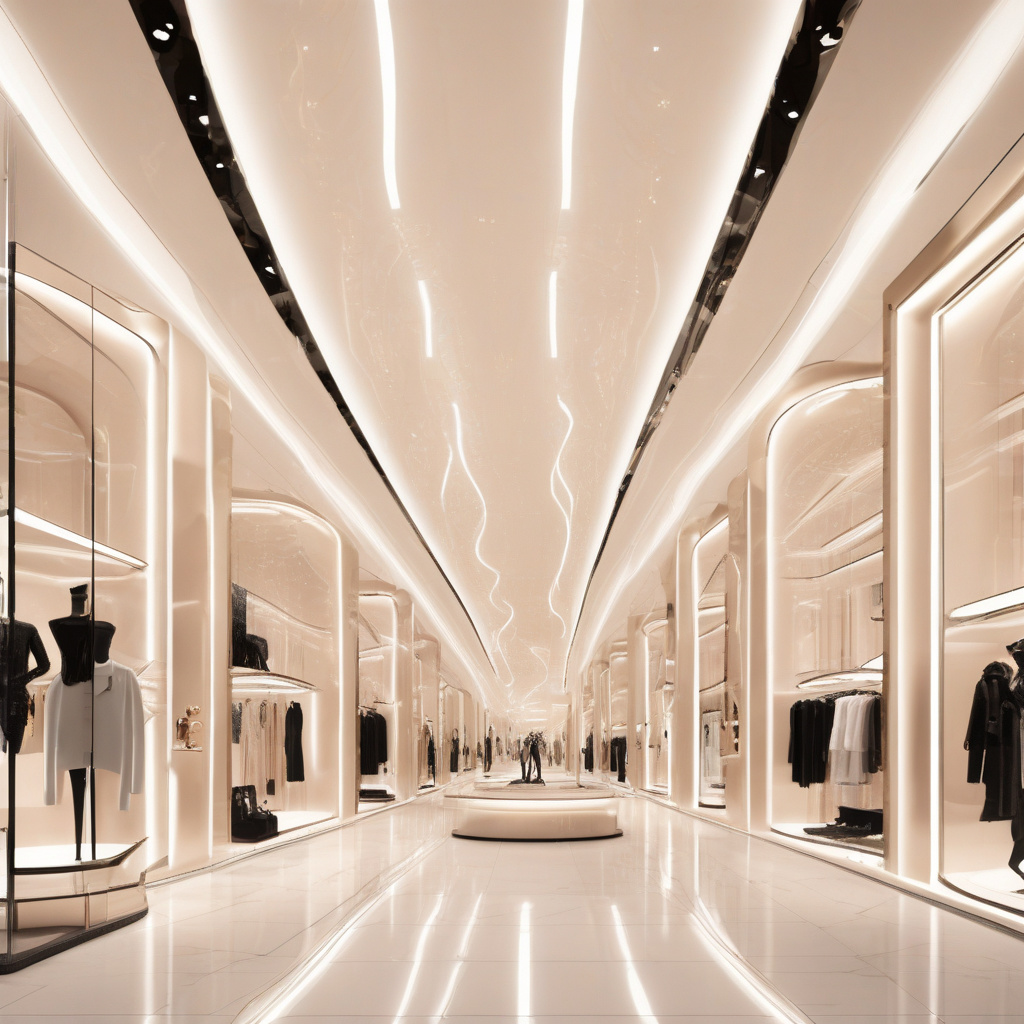The Future of Destination Shopping in Luxury Retail
The luxury retail landscape is undergoing a significant transformation, as evidenced by the recent two-year revitalization of Sloane Street in London, a renowned luxury shopping destination. With a staggering investment of £46 million by Cadogan, the property developer behind this project, the evolution of luxury destination shopping has taken center stage. A panel discussion co-hosted by Business of Fashion (BoF) and Cadogan has highlighted the economic and cultural factors that are redefining luxury retail. This article explores the key insights from the panel and the implications for the future of destination shopping in the luxury sector.
One of the most striking observations from the panel was the shifting consumer demographics. Younger generations, particularly Millennials and Gen Z, are becoming key players in the luxury retail market. Unlike their predecessors, who often measured luxury by price alone, these younger shoppers prioritize experiences, sustainability, and authenticity. They seek more than just products; they desire a narrative that resonates with their values. This shift necessitates a rethinking of how luxury brands position themselves within the marketplace.
The panel emphasized the importance of creating immersive shopping experiences. As foot traffic in brick-and-mortar stores fluctuates, luxury retailers are increasingly adopting strategies to enhance the in-store experience. For instance, brands may incorporate art installations, pop-up events, or exclusive product launches to draw customers in. Sloane Street’s transformation showcases this approach, with visually stunning storefronts and engaging spaces designed to captivate consumers. The goal is to turn shopping into an experience that customers cannot replicate online, thus reinforcing the importance of physical retail spaces in luxury.
In addition to experiential retail, the panel also addressed sustainability as a driving force in luxury shopping. Consumers today are more aware of the environmental and social impacts of their purchases. Luxury brands are responding by prioritizing sustainable practices, from sourcing materials ethically to ensuring transparency in their supply chains. A notable example is Stella McCartney, a pioneer in sustainable luxury fashion who has made it a core principle of her brand. During the panel, it was discussed how integrating sustainable practices not only attracts eco-conscious consumers but also enhances brand loyalty and trust.
The digital transformation of the retail landscape is another key factor shaping the future of luxury destination shopping. The COVID-19 pandemic accelerated the shift towards online shopping, prompting luxury retailers to enhance their digital presence. However, the panel highlighted that while e-commerce is essential, it should complement rather than replace the in-store experience. Brands are exploring innovative technologies, such as augmented reality (AR) and virtual reality (VR), to create hybrid shopping experiences that blend online convenience with in-person engagement. For example, brands like Gucci have implemented AR features in their apps, allowing customers to visualize products in real-time before making a purchase.
Furthermore, the panel discussed the role of community in luxury retail. As shopping habits evolve, consumers are increasingly seeking connections with brands that reflect their identity and values. Luxury retailers are responding by fostering a sense of community through personalized services and customer engagement. For instance, offering exclusive memberships or loyalty programs can create a feeling of belonging among customers. This approach not only enhances customer satisfaction but also drives repeat business, an essential component in maintaining a successful luxury retail operation.
As luxury retailers navigate these changes, the importance of cultural relevance cannot be overstated. The panel stressed that brands must remain attuned to the cultural zeitgeist and respond to societal shifts. This includes engaging with social issues, supporting local communities, and celebrating diversity within marketing campaigns. Brands that align themselves with cultural movements are more likely to resonate with consumers, particularly younger demographics who value authenticity and social responsibility.
In conclusion, the future of destination shopping in luxury retail is shaped by a myriad of factors, including changing consumer demographics, the need for immersive experiences, sustainability, digital transformation, community engagement, and cultural relevance. As illustrated by the recent transformation of Sloane Street, luxury retailers must adapt to these trends to thrive in an increasingly competitive market. By embracing these insights, brands can not only enhance their appeal but also ensure long-term sustainability in the luxury retail sector.
#luxuryretail, #shoppingtrends, #sustainability, #consumerbehavior, #destinationshopping
